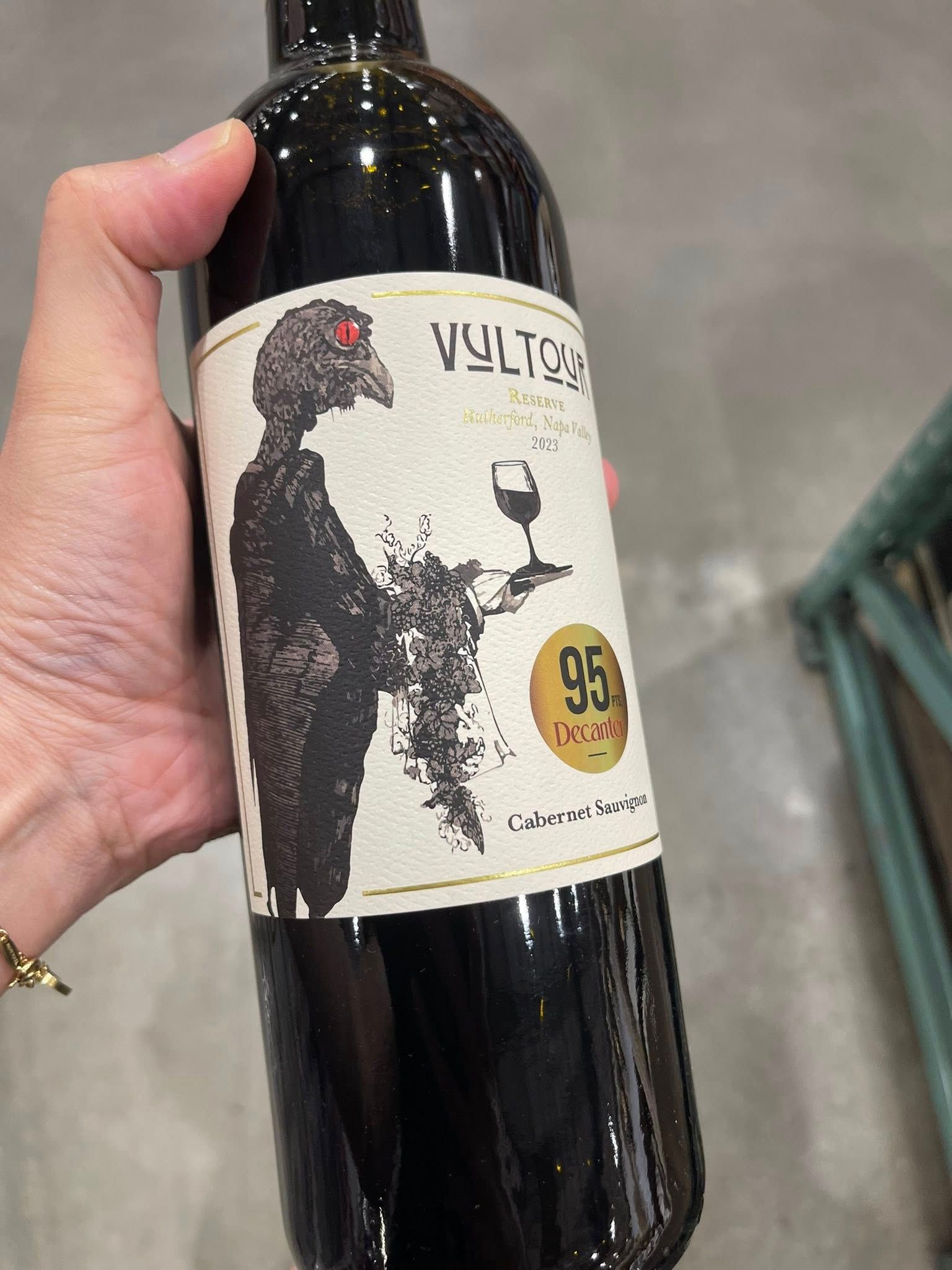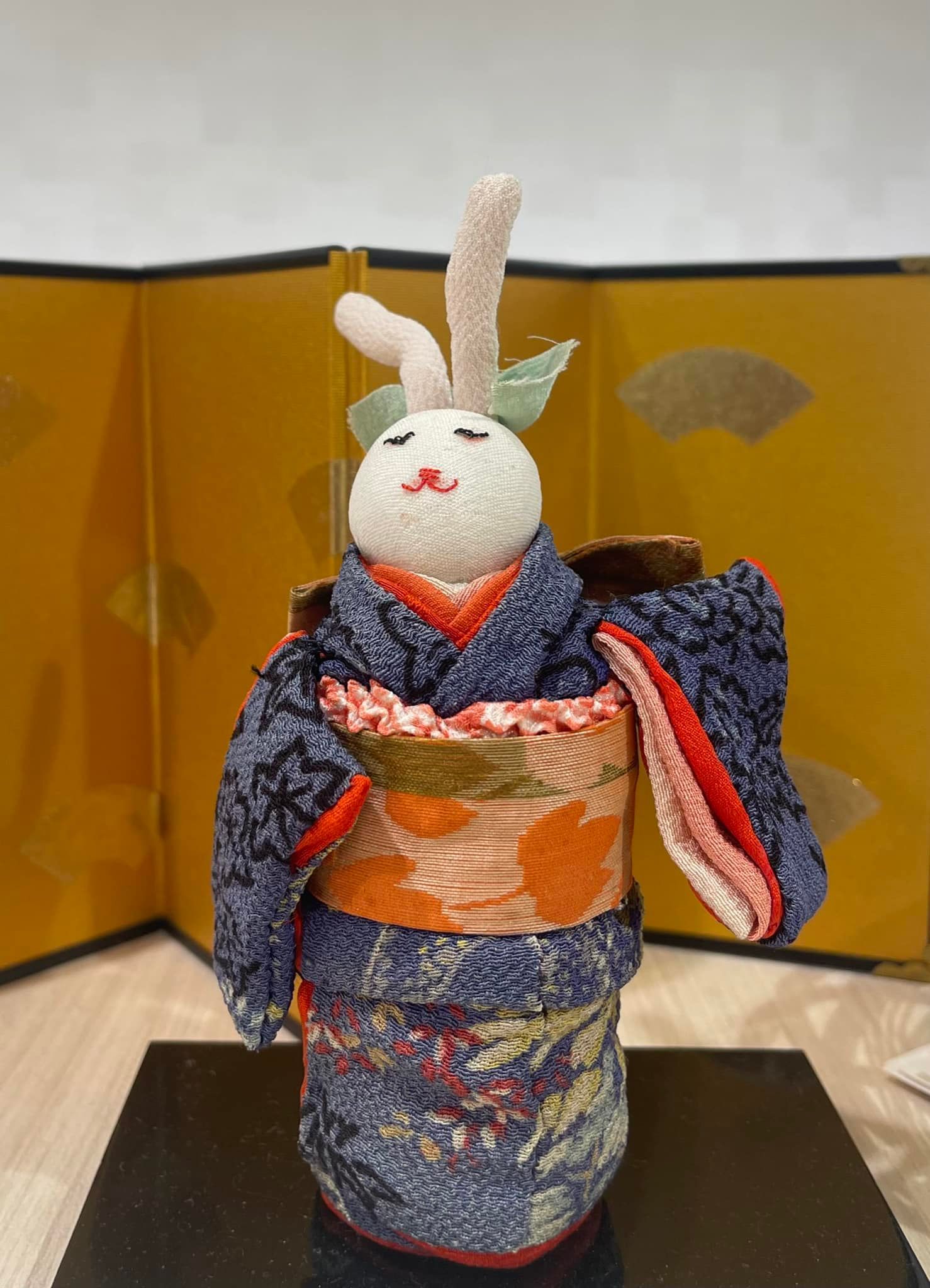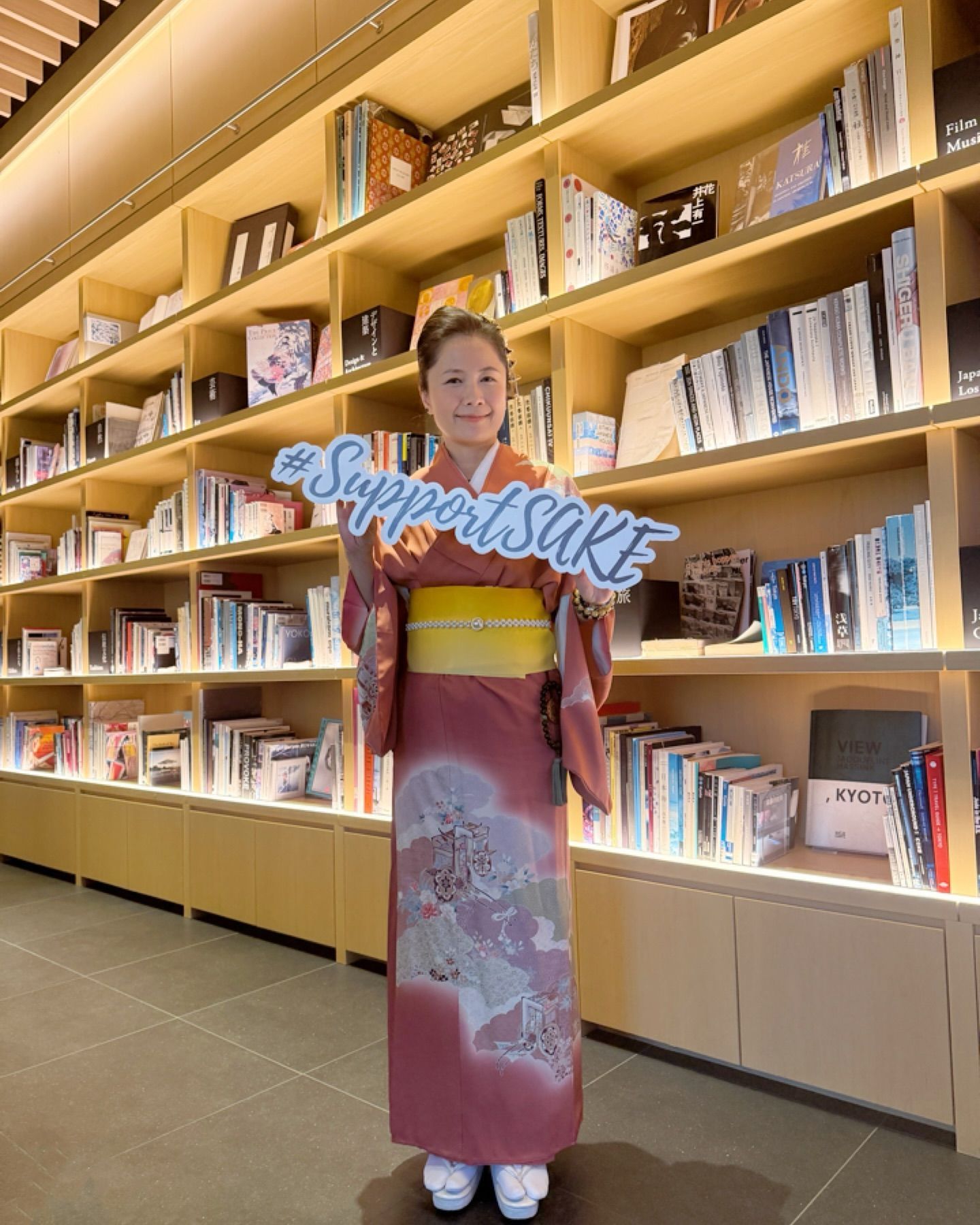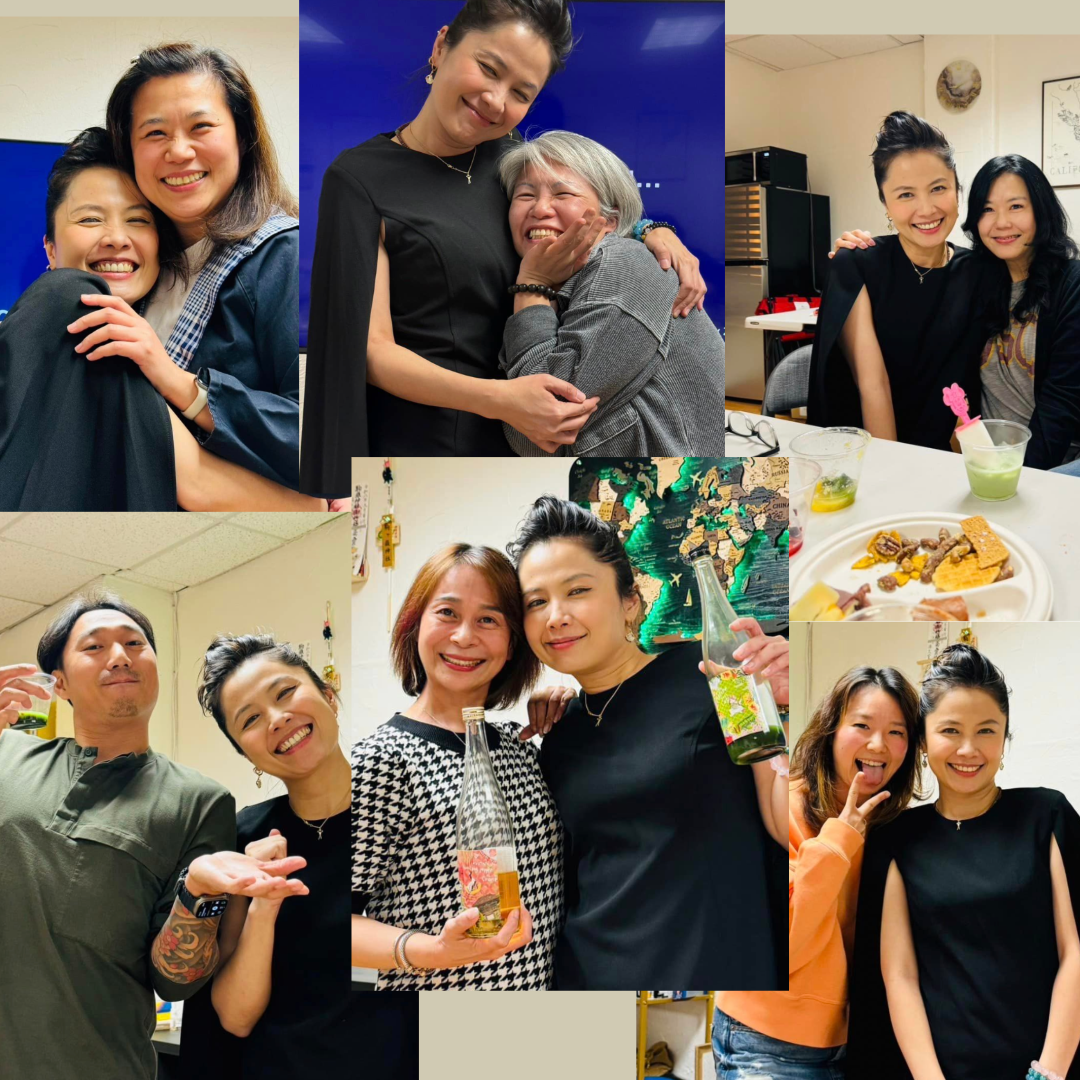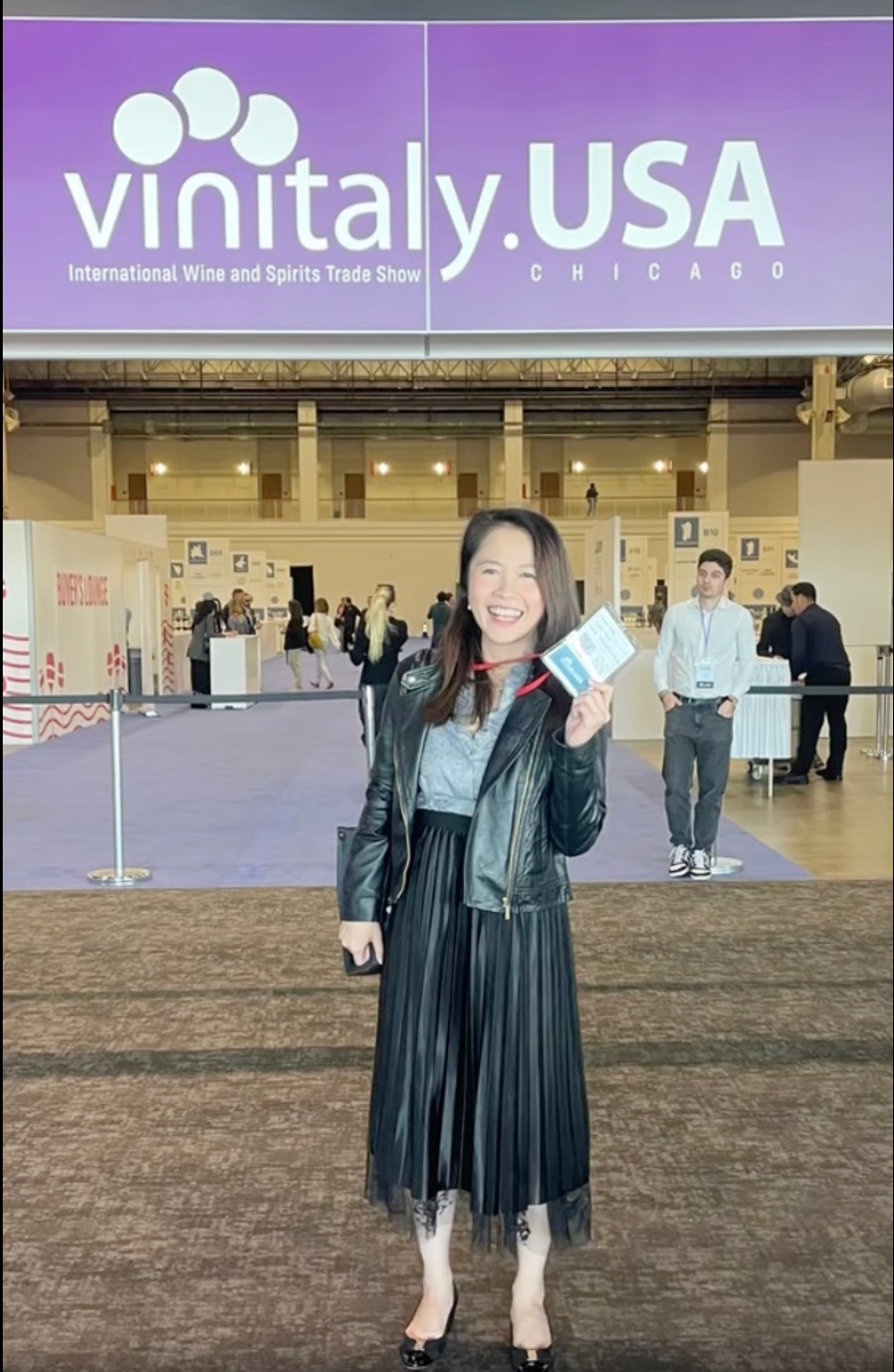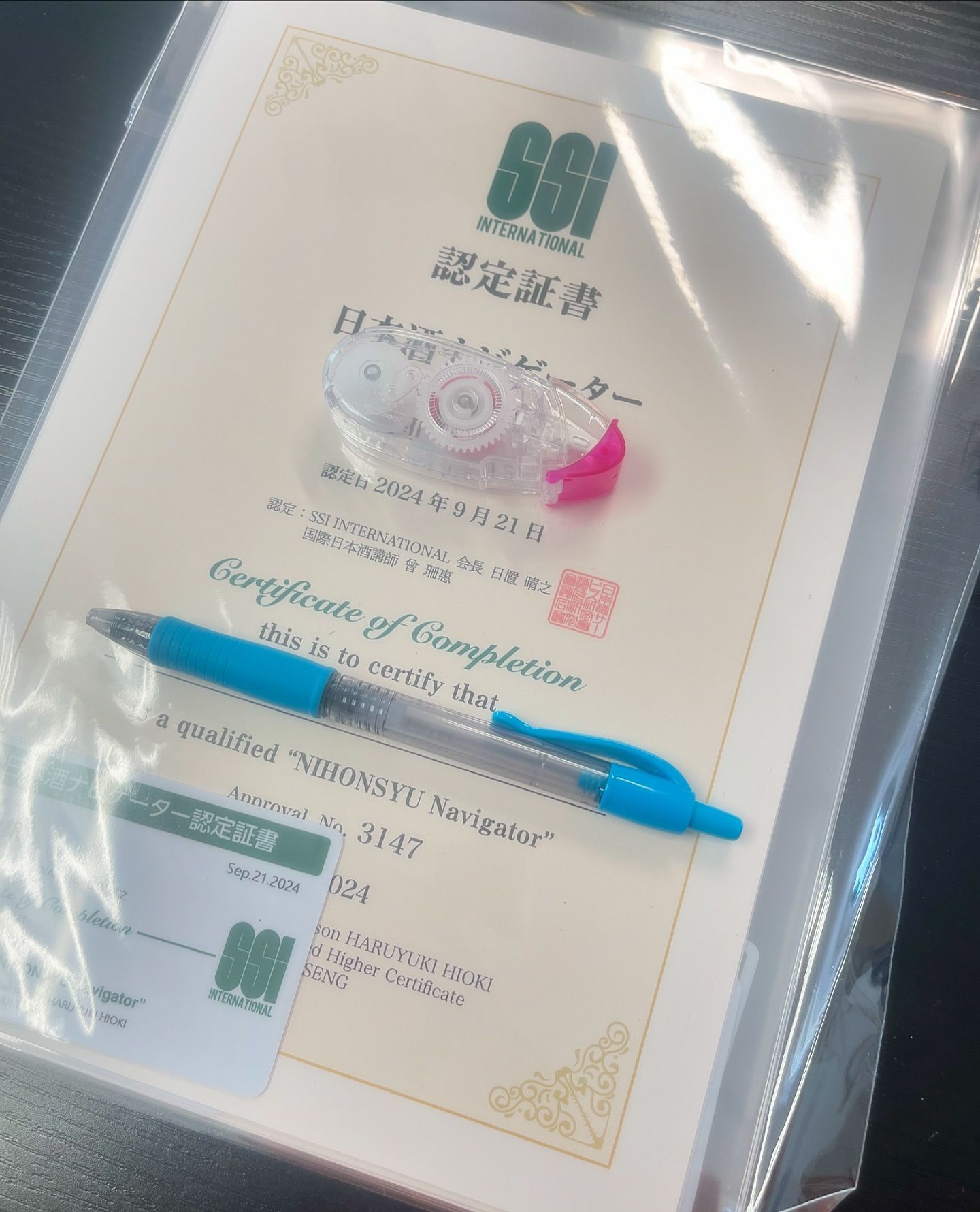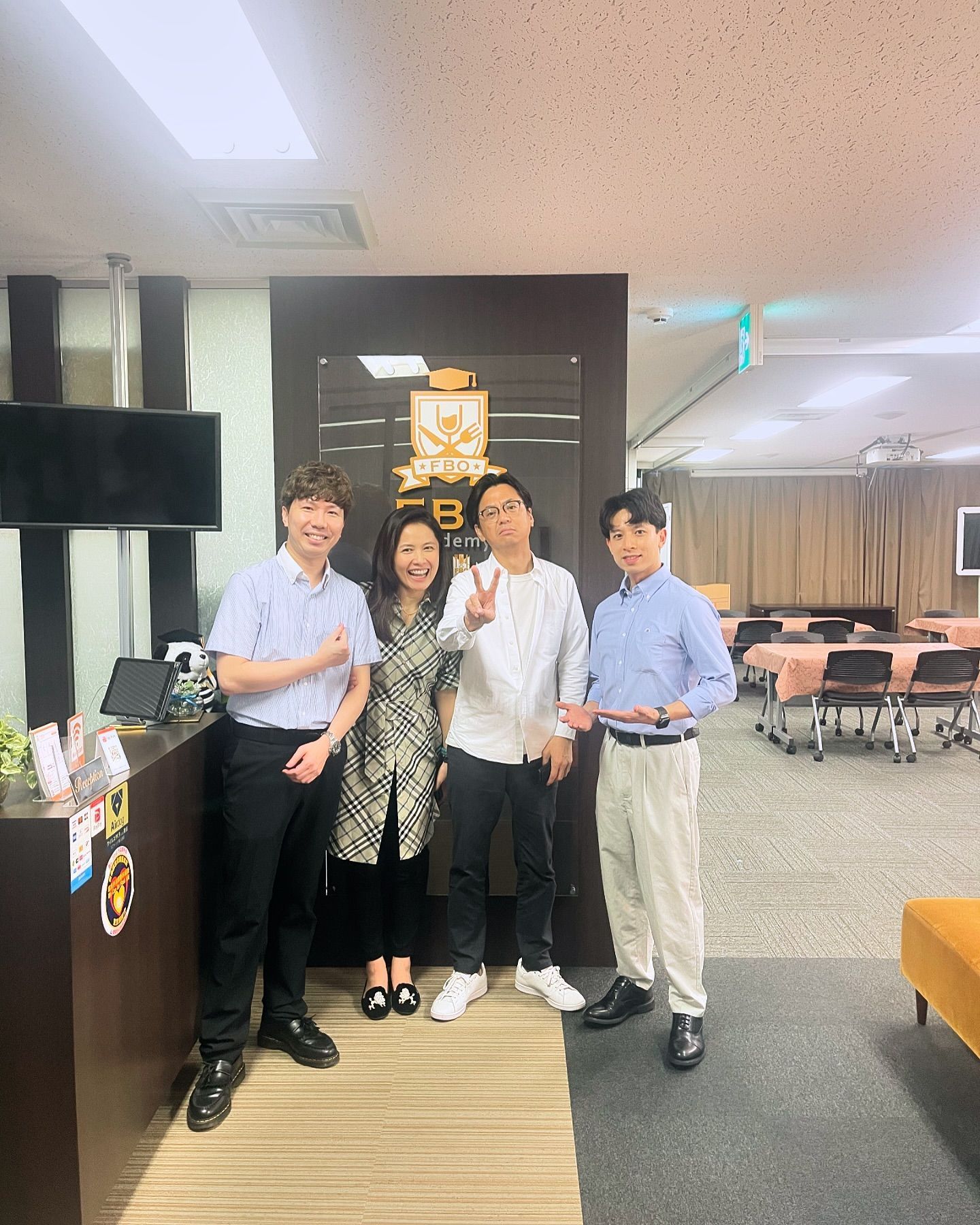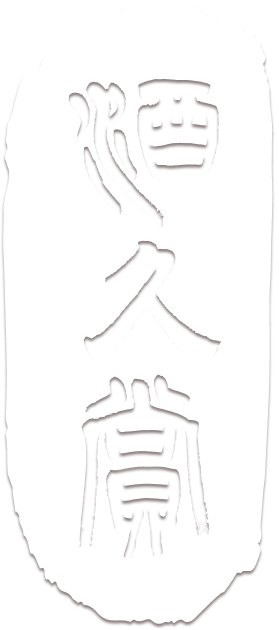美日稻米贸易争议背后,谁才是清酒涨价的苦主?
美日稻米贸易争议背后,谁才是清酒涨价的苦主?
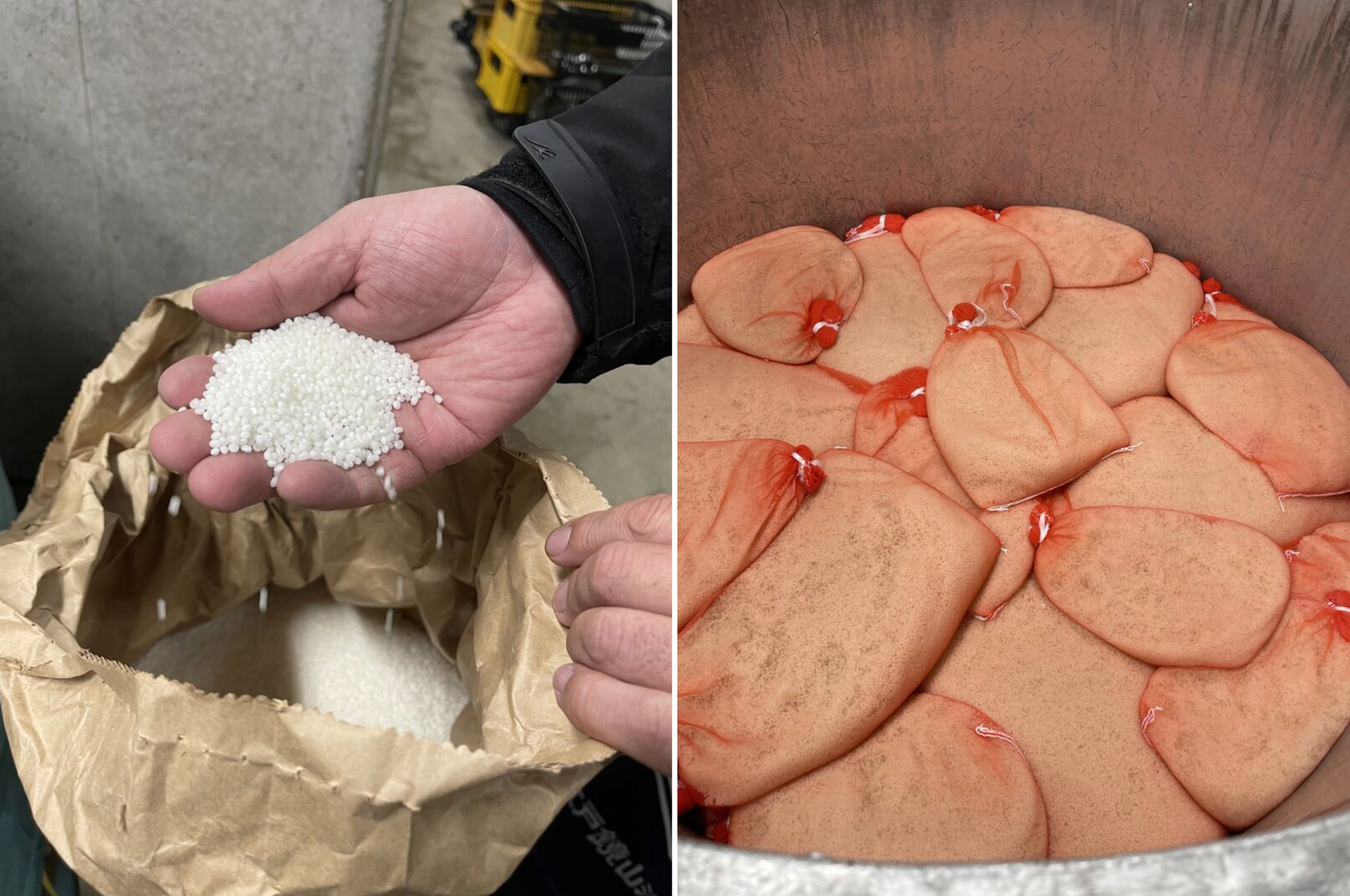
最近有不少人问我,川普说要对日本加征关税,跟我们喝的清酒有什么关系?其实,看似是美国稻米出口的新闻,背后却跟清酒用米脱不了关系。
先说重点:美国前总统川普最近公开放话,指日本不买美国稻米,要对日本出口品加征更高关税。虽然真实数据显示,日本去年还是买了将近 3 亿美金的美国稻米,但美国长期不满日本对稻米进口的配额和管制制度,认为不透明、不够开放。
很多人以为清酒一定只用高级的酒造好适米,但事实上日本全国约 98% 的稻米是食用米(实用米),许多地区型酒造,尤其是酿造普通酒、本酿造酒,或是大量供应居酒屋、超市的平价酒,都是以一般食用米为主,辅以少量酒造好适米混酿。换句话说,清酒的成本,其实深深依赖一般食用米的价格。
如果美国低价稻米的进口量减少,或关税升高,日本可能被迫进一步消化自产米,连带让食用米市场吃紧,进一步挤压到原本就有限的酒米供给。对中小型酒造来说,这会是直接的成本压力;对消费者来说,最终还是要在每一瓶入门款或日常款的清酒里付出更多代价。
所以,看似是川普的政治牌,对我们这行最实际的影响,就是「原料成本变动」和「市场价格压力」。作为清酒讲师,我也常提醒学生,清酒不是永远只跟山田锦、美山锦这些名字绑在一起,大多数清酒背后真正撑起市场的,反而是当地农家种的实用米。
下次在课堂上或餐桌边,有人问:为什么清酒有时候涨得比红酒还快?别忘了,有时候答案藏在远在太平洋彼岸的一张关税协议和一块稻田里。
Behind the US-Japan Rice Trade Dispute: Who Really Pays for Rising Sake Prices?
Lately, many people have asked me: What does Trump’s talk about imposing higher tariffs on Japan have to do with the sake we drink? At first glance, this looks like just another US rice export issue, but behind it lies a story that’s closely tied to the rice used in sake brewing.
Here’s the key point: Former US President Donald Trump recently threatened to raise tariffs on Japanese exports, claiming Japan refuses to buy American rice. But official trade data shows Japan actually purchased nearly $300 million worth of US rice last year. Still, the US has long been frustrated with Japan’s strict import quotas and opaque system for rice, which they see as closed and unfair.
Many people think sake is made exclusively with premium shuzo-kotekimai (sake-specific rice), but the reality is quite different. About 98% of Japan’s rice production is regular table rice, not specialized sake rice. In fact, many local sake breweries—especially those producing everyday sake like futsushu or honjozo, widely sold in izakayas and supermarkets—mainly use common table rice, blending in small amounts of sake rice where needed. In other words, the true cost of sake is deeply linked to the price of ordinary rice.
If imports of cheaper American rice decrease or tariffs push prices higher, Japan will have to rely more heavily on domestic rice. This will tighten the table rice market and further squeeze the already limited supply of sake rice. For small and medium-sized breweries, this creates direct cost pressure. For consumers, it means paying more for each bottle of entry-level or daily-drinking sake.
So, while Trump’s threat looks like political posturing on the surface, its real impact on our industry is all about raw material costs and market price pressure. As a sake educator, I always remind my students: sake isn’t just about famous names like Yamadanishiki or Miyamanishiki—the backbone of the sake world is really the practical table rice grown by local farmers.
Next time someone asks you over dinner or in class why sake prices sometimes rise faster than wine, remember: the answer might be hidden in a tariff deal—and a rice paddy—far across the Pacific Ocean.





